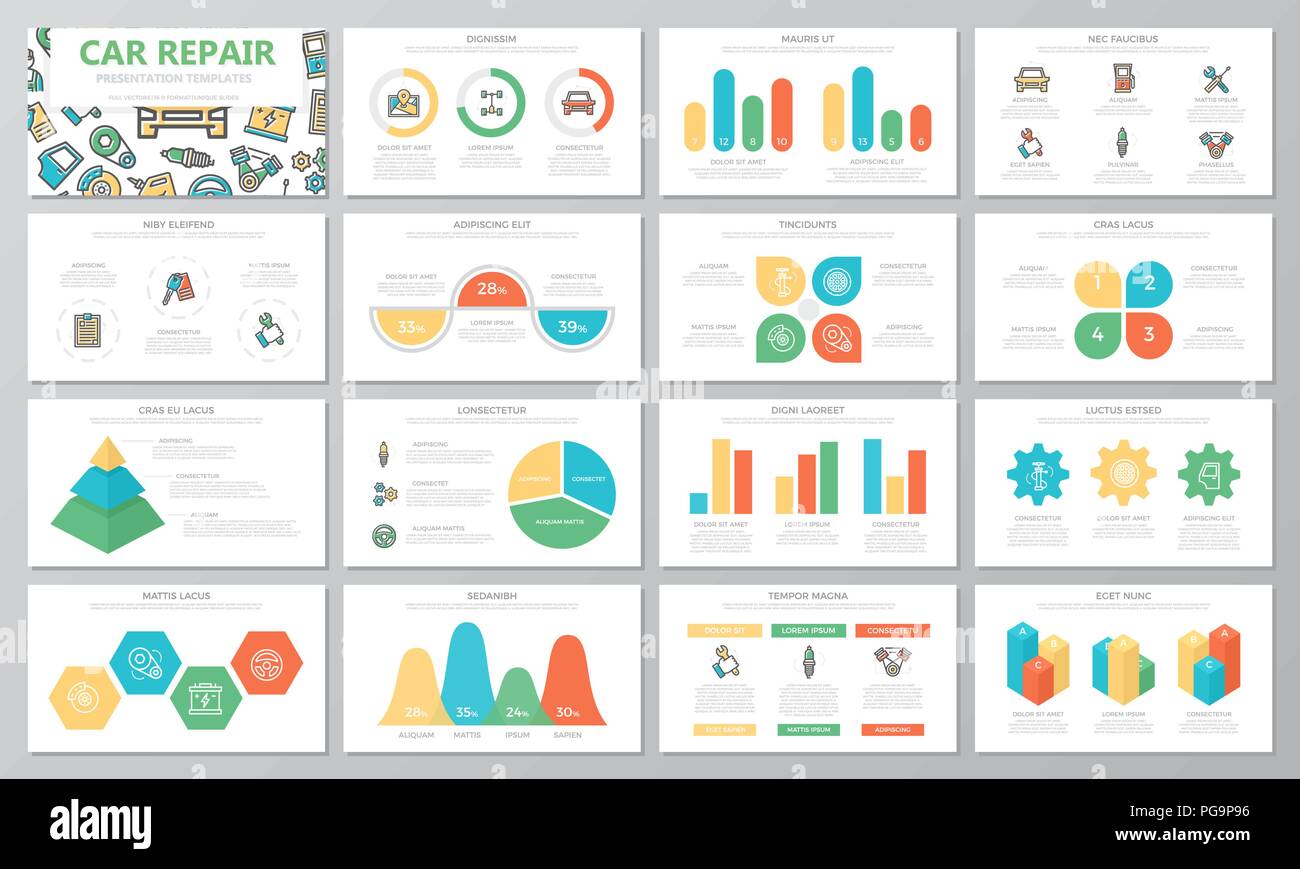Realizing The Value Of Your Automobile'S Warning Signals: What They Actually Stand For
Realizing The Value Of Your Automobile'S Warning Signals: What They Actually Stand For
Blog Article
Content Author-Boye Shepherd
When you lag the wheel, those radiant warning lights on your control panel can be a little bit bewildering. Do you understand what they're attempting to inform you regarding your auto's wellness? Understanding the importance of these lights is important for your safety and the longevity of your vehicle. So, the following time one of those lights pops up, wouldn't you wish to understand its message accurately and take the needed actions to address it?
Common Warning Lighting and Interpretations
Recognize typical warning lights in your car and recognize their meanings to guarantee secure driving.
The most common warning lights consist of the check engine light, which indicates problems with the engine or exhausts system. If this light comes on, it's important to have your automobile inspected immediately.
The oil stress warning light shows low oil pressure, needing prompt focus to prevent engine damage.
A blinking battery light could recommend a malfunctioning billing system, potentially leaving you stranded if not dealt with.
The tire pressure monitoring system (TPMS) light informs you to low tire stress, impacting car security and gas effectiveness. Neglecting detailing nz might lead to hazardous driving conditions.
The ABS light indicates an issue with the anti-lock braking system, endangering your ability to stop rapidly in emergency situations.
Lastly, the coolant temperature cautioning light warns of engine getting too hot, which can cause severe damages if not resolved promptly.
Recognizing these common caution lights will certainly assist you deal with concerns immediately and keep safe driving problems.
Relevance of Prompt Interest
Recognizing the typical warning lights in your auto is only the first step; the significance of immediately addressing these cautions can not be emphasized enough to ensure your safety on the road.
When a caution light brightens on your control panel, it's your automobile's method of communicating a potential problem that needs focus. Overlooking these warnings can lead to extra extreme problems in the future, endangering your safety and possibly costing you a lot more in repairs.
Trigger attention to warning lights can stop breakdowns and accidents. For simply click the following webpage , a blinking check engine light can suggest a misfire that, if left ignored, can trigger damages to the catalytic converter. Resolving this immediately can save you from an expensive repair service.
Similarly, a brake system cautioning light may indicate reduced brake liquid or used brake pads, critical components for your safety and security when driving.
Do It Yourself Troubleshooting Tips
If you see a caution light on your control panel, there are a couple of DIY troubleshooting pointers you can attempt before seeking specialist assistance.
The first step is to consult your automobile's manual to understand what the specific caution light suggests. Sometimes the issue can be as easy as a loosened gas cap setting off the check engine light. Tightening the gas cap might settle the issue.
Another common problem is a low battery, which can cause numerous cautioning lights. Checking the battery links for rust and ensuring they're protected may fix the trouble.
If a caution light persists, you can attempt resetting it by detaching the cars and truck's battery for a couple of minutes and afterwards reconnecting it. Additionally, checking your vehicle's fluid degrees, such as oil, coolant, and brake liquid, can aid fix cautioning lights related to these systems.
Conclusion
In conclusion, recognizing your vehicle's warning lights is important for keeping your car running efficiently and securely. By immediately dealing with these informs and understanding what they mean, you can prevent pricey repair work and potential failures.
Remember to consult your cars and truck's guidebook for specific information on each alerting light and do something about it as necessary to make certain a hassle-free driving experience.
Keep notified, stay safe when driving!
